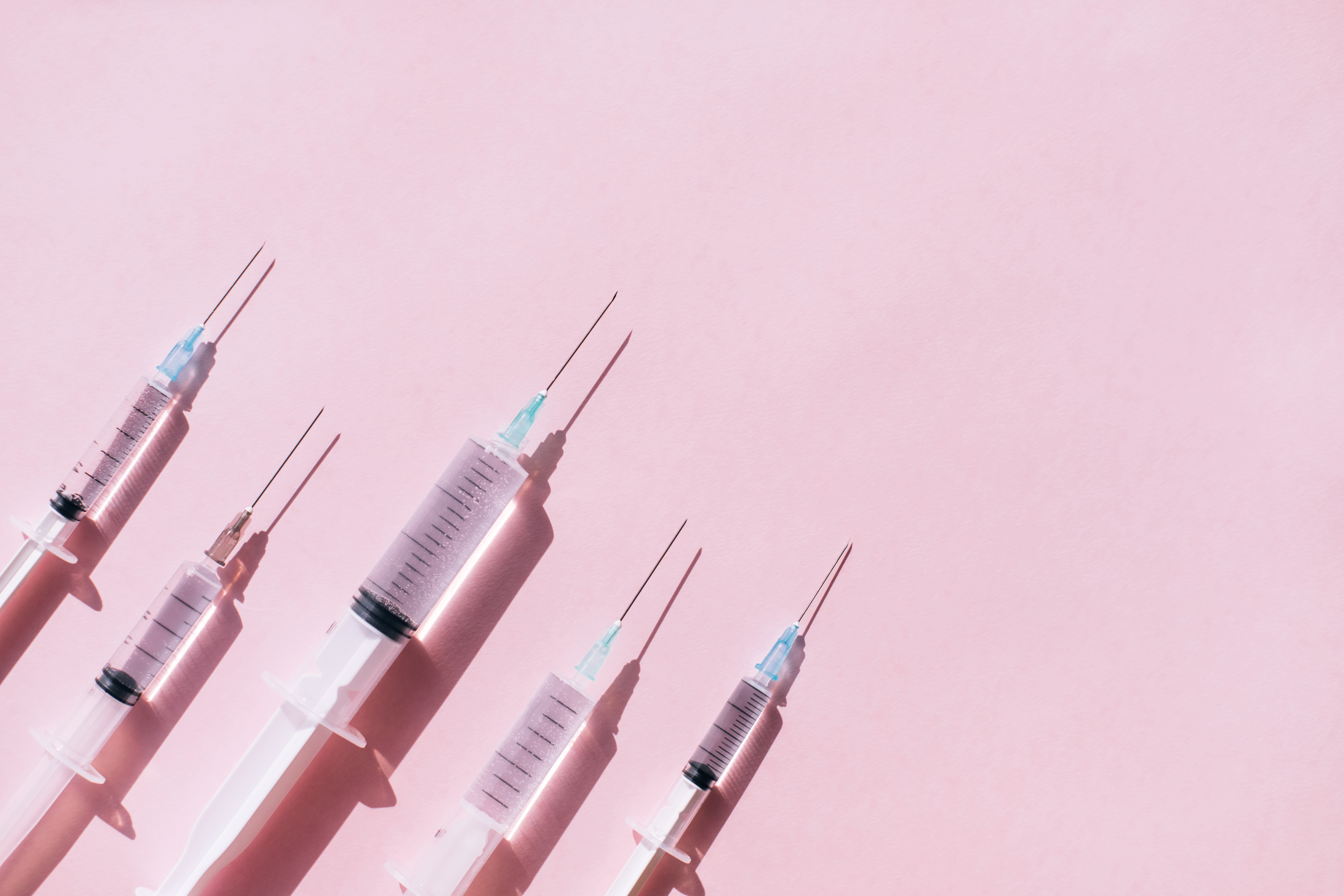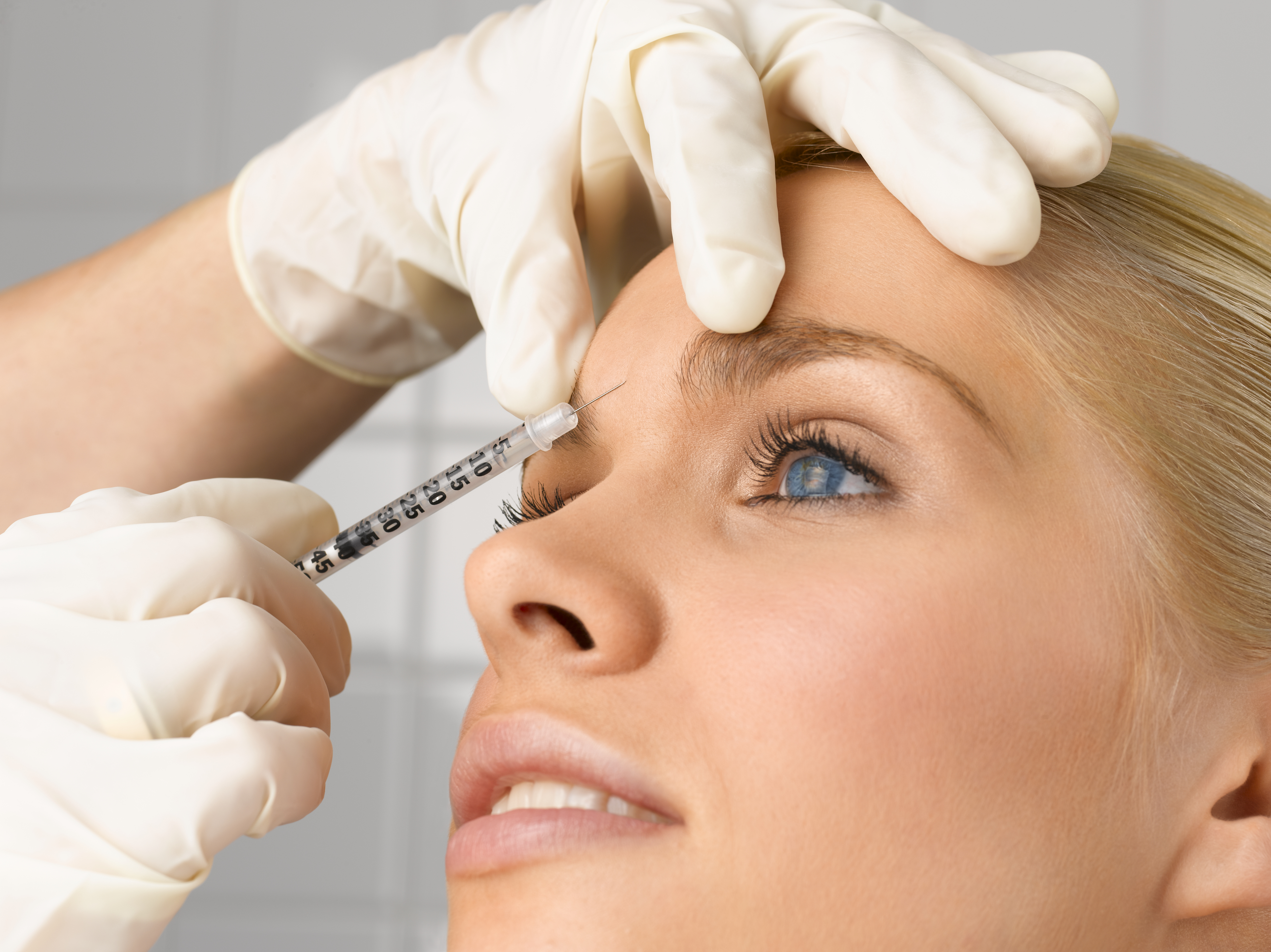How women are using botox is changing according to a cosmetic dermatologist
And if you're a Millennials or Gen Z you're likely to use Botox more quickly than older generations too

The number of Botox procedures among people in their 20s has increased since the start of the Covid-19 pandemic. A nurse practitioner at Ever/Body told ABC News that the number of patients in their early to mid-20s is "a phenomenon that was not seen five years ago.”
She said that many clients have started to notice their fine lines while on Zoom calls. But others credit the boom to social media. Influencers on Instagram and TikTok have been posting photos and videos of themselves getting Botox, helping to eliminate the stigma and inspiring a wave of new potential clients.

The most common procedure for young people are fillers are a tweakment that help create smoother skin and fuller lips. Experts said Millennials and Gen Z patients are turning to fillers before lines set in as a preventative tactic, unlike previous generations who waited for lines to set in before attempting to fill them in.
To cater to a younger audience, Botox clinics are offering baby botox and making their offices feel more fun and trendy, and less sterile. Think selfie rooms, pink chairs, and lots of mirrors.
Botox is a protein that temporarily paralyzes muscle receptors so they cannot move, even when the brain tells them to. It also helps the skin produce collagen that can erase fine lines, according to researchers.
While it received a bad reputation for overly plumped, fake-looking faces, doctors say that's a misconception and the result of an overuse of filler. An appropriate use will not give the same effect.
Things can go wrong. Chicago-based influencer Whitney Buha recently shared a bad Botox experience that left her with a dropping eye. Ptosis, which happens when the upper eyelid droops over the eye, can happen when Botox is injected into the wrong muscle. That said, Ptosis is extremely rare and can be easily reversed.
Sign up to our free daily email for the latest royal and entertainment news, interesting opinion, expert advice on styling and beauty trends, and no-nonsense guides to the health and wellness questions you want answered.
A post shared by Whitney Buha | Chicago Blogger (@somethingwhitty)
A photo posted by on
Botox has been approved by the Centers for Disease Control and Prevention for use on the forehead, frown lines and the outer side of eyes where crow’s feet turn up since 1991. It typically only takes a few minutes per procedure, but the full effect won’t set in for about 12 weeks.
Rebecca Holland is a travel and food writer based in Chicago. She has written for the Guardian, New York Times, Architectural Digest, Food & Wine, Wine Enthusiast and more. She is currently a graduate student at Northwestern's Medill School of Journalism. When not working, you can find her eating her way through Chicago's neighborhoods, or in non-pandemic times, traveling around the world.